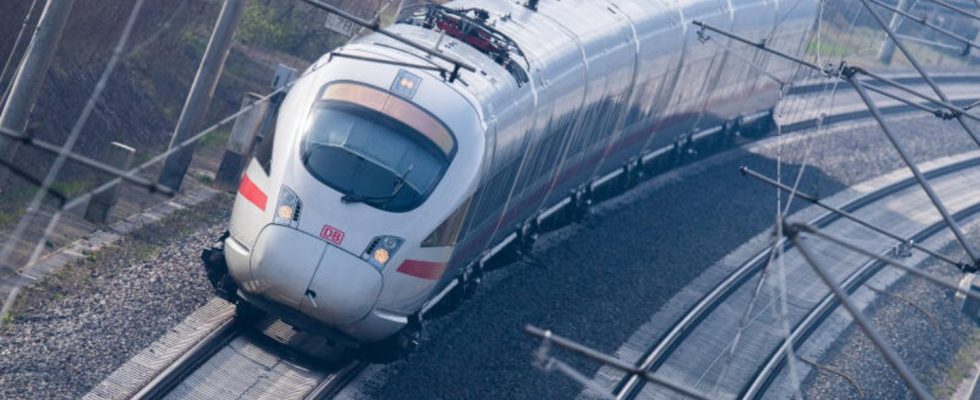From Sunday
New timetable, no more Bahncard: This is now changing at Deutsche Bahn
Deutsche Bahn offers more travel options with its new timetable, but passengers also have to dig deeper into their pockets
© Julian Stratenschulte / DPA
A new Deutsche Bahn timetable will apply from Sunday. Passengers have to prepare for some changes. In addition to an expanded range of routes and the almost obligatory price increase, customers have to say goodbye to the Bahncard.
Deutsche Bahn changes timetable: More offers on the one hand – higher prices on the other
Together with the Austrian Federal Railways and other railway companies, the railway also offers a night train connection between Berlin and Brussels and Paris three times a week. The first of the so-called Nightjets takes off from the capital on Monday evening.
The timetable change also brings new offers between Leipzig, Jena and Nuremberg. In the future, five IC connections per day will be offered through the Saale Valley, it was said. So far there has only been one trip each. For the first time, Magdeburg will have a connection to Hamburg as well as more direct connections to Berlin and Rostock.
Tickets for the new timetable have been available since October. However, with the timetable change on Sunday, higher fares also apply. The so-called flex tickets then cost an average of 4.9 percent more. The tickets are called that because they are intended to give passengers a certain degree of flexibility, especially when choosing trains. Nothing will change when it comes to rail saver and super saver prices. The additional offers in long-distance transport are made possible by constant access to new ICE trains.
Bahncard 25 will become more expensive and plastic cards will be abolished
However, there are further changes to the Bahncard. The frequent traveler discount also becomes more expensive. The price for the Bahncard 25 increases by three euros when the timetable changes. It then costs 62.90 euros annually. With it, owners receive a 25 percent discount on every train journey they book. However, the price for the Bahncard 50, with which single tickets cost half as much, remains the same. However, Bahncard customers will have to do without the distinctive plastic card in their wallet in the future.
Deutsche Bahn wants to soon only issue rail cards digitally and do away with the plastic version. Initially, after the timetable change this Sunday, plastic test BahnCards 25 and 50 will no longer be issued. The changeover of the annual products is planned for the second half of 2024, but customer feedback should be taken into account for the specific design of the digitalization process, a DB spokeswoman told the German Press Agency.
Train ride
The most punctual rail countries in Europe – where is Deutsche Bahn?
According to DB information, 5.1 million rail cards are issued every year. “A digital rail card saves a lot of plastic,” said Stefanie Berk, marketing director at DB Fernverkehr. In addition, unlike in physical form, the card cannot be forgotten or lost once it has been uploaded to the DB Navigator smartphone app. According to DB, 60 percent of Bahncard customers are already using the digital form of the cards in the DB Navigator app.

